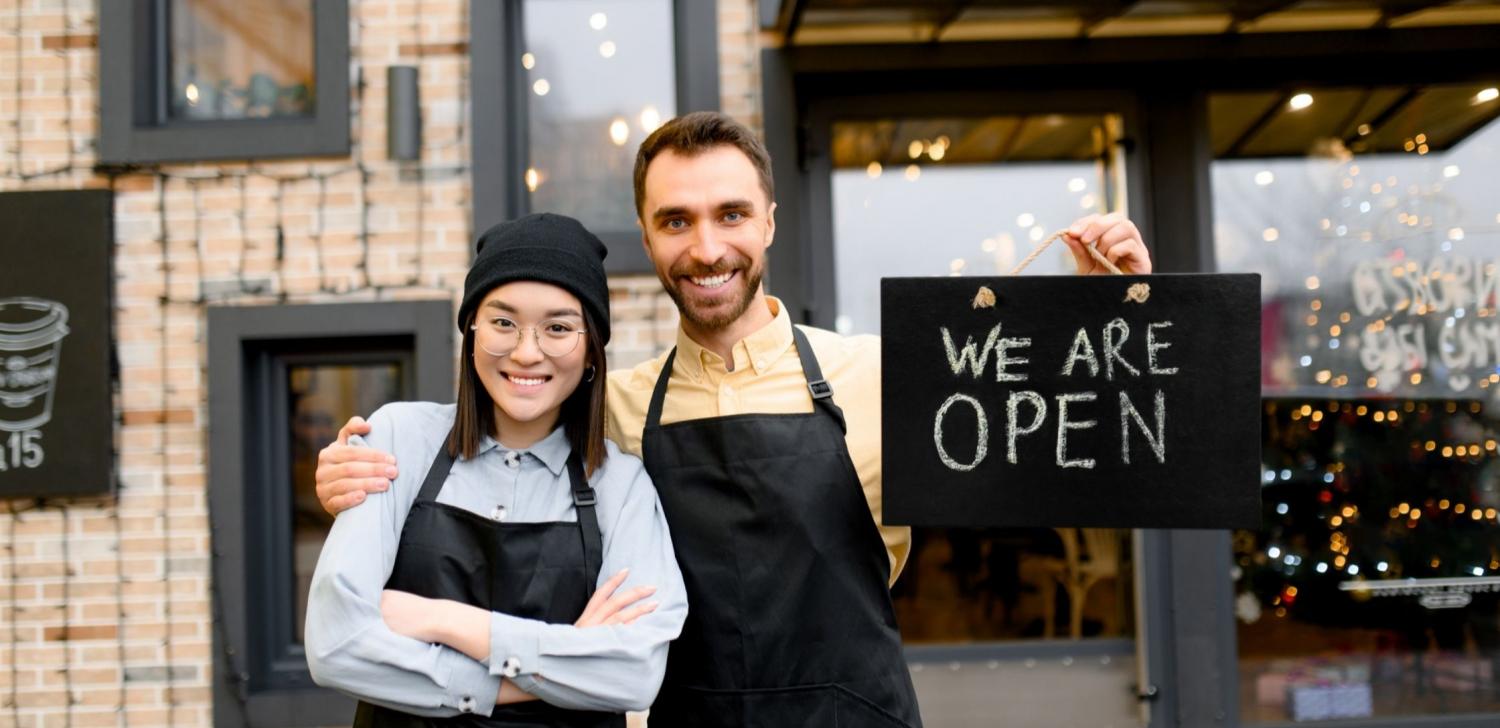
How Can I Show Customers It’s Safe To Come Back
In many areas, a cautious all-clear signal has been sounded and small business are beginning to reopen. Some are sanitizing surfaces; others are installing protective barriers at checkout. That may be enough to turn your “open” sign on, but is it enough to get customers in the door?
McKinsey & Company report consumers remain hesitant about returning to the in-person activities they did before COVID-19. They need reassurance. That’s why it’s important for businesses to look for ways to bolster consumer confidence around safety. Here are some ways to show them it’s safe to come back.
Show What’s In Store For Them
Most parents have gone through the ritual of proving to their child there are no monsters under their bed. The key is getting down on your hands and knees and showing them, not telling them. You can do that with customers too.
Video is a great medium to do that. You can use your smartphone camera to show what you’ve done to keep customers safe. A recent study of U.S. businesses report the No. 1 priority for consumers is cleaning and sanitation, followed by use of masks and protective barriers. So focus first on those topics. Don’t forget to mention touchless (or contactless) payment, if you offer it.
Make the videos an integral part of your marketing efforts, whether that’s on social media, your website or in an email. In today’s environment, you have to do more than promote your weekly specials. The U.S. Chamber of Commerce provides a detailed guide to communicating your reopening plan.
Provide Options
At first, only some consumers may be comfortable diving into your store. So provide options for the rest to wade in gradually. For example, give them the choice to buy online or on the phone. Then, they can pick it up curbside without having to come into the store.
The next step might be a sectioned-off area just inside your door where they can pick up their purchase. Here you might have a limited selection of complementary merchandise they could add to their order. If consumers want a bigger selection, they can shop the full store. The idea is to give customers a gradual buying experience so they can test the waters.
Consider A Soft Opening
In the past, a crowd might have attracted positive consumer attention—What am I missing out on? But now they could have the opposite effect—Do I want to take the risk with all those people? So, rather than staging a grand reopening, consider whether a gradual approach might make for a more appealing shopping experience.
One way to do that is to offer a smaller reopening for your current customers, especially ones with high-repeat purchases. It’s a way to reward their loyalty while naturally limiting the number of customers in the store. Another idea is to offer senior-only hours. These reduced crowds make it easier for them to enjoy the benefits of social distancing. Once you’ve established your soft reopening, think about opening it up further with “bring-a-friend” events. It’s a gradual way to expand your pool of potential buyers.
Display Reassuring Reminders
Once customers are in your store, it’s still important to reinforce your safety message. You can do that by marking off social distancing spaces at checkout or displaying one-way signs to direct traffic in your aisles. Another is to position hand sanitizer stations in visible locations, like just inside your door. Signs like these are a visual reminder you’re adhering to your promise to provide a safe environment.
Don’t forget you provide one of the best reassurances of safety. Demonstrate your commitment by wearing a face mask and requiring your staff to do the same. By example, you are showing customers it’s safe to come back.
Looking for more ideas? This guide from StandTogether.org provides additional insights for specific industries, like professional services and retail.